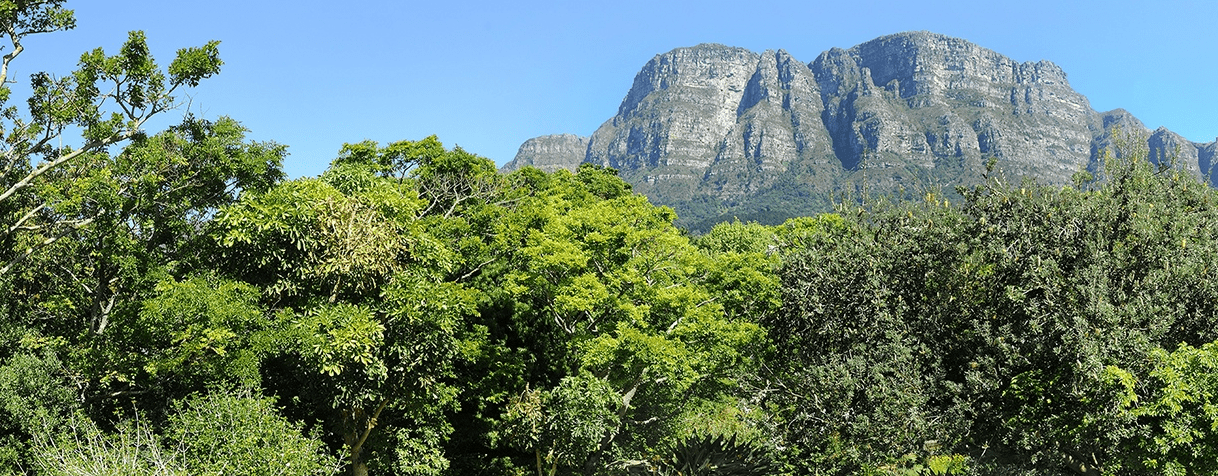History of Bishops Court
- Province; Western Cape
- Coordinates: 33°59′25″S 18°26′45″E
- Area: 2.31 km2
- Municipality: City of Cape Town
After Jan van Riebeeck arrived at the Cape in 1652, he began establishing agriculture for the Dutch East India Company to supply passing ships. The Cape served as a halfway station between Holland and its Eastern colonies. Van Riebeeck meticulously documented his observations in a diary.
He and his men discovered that the land behind the mountain, with its less violent winds, was forested and had rich, fertile soil. Van Riebeeck described the area as having “the loveliest and most beautiful weather in the world,” noting its broad and spacious land, ideal for agriculture. He planned to establish Free Burgers in the area.
In 1657, Van Riebeeck received permission to grant land to some of the company’s servants, known as Free Burgers, along the Liesbeek River. This led to the establishment of nine farms under Van Riebeeck’s strict supervision. This area marked the beginning of true colonization in the Cape.
The Liesbeek River, central to what is now Bishopscourt, was first mentioned on July 14, 1652, and was initially called the Soete Reier, meaning “sweet river.”
Van Riebeeck was granted 213 acres stretching from the Liesbeek River to Wynberg Hill, which he named Bosheuwel. In 1660, he planted a hedge of wild almond trees to mark the farm’s boundary—a feature now recognized as a national monument. Van Riebeeck also planted young vines on the farm, believed to be among the first wine production sites in the Cape. By the time he left the Cape in 1662, the vineyards were well established. The farm was sold to Jacob Cornelius van Rosendal, who produced some of the best wine of the era.
The estate changed hands several times and was acquired by Honoratus Maynier in 1805. He renamed the farm Protea, and his tomb is located on the estate. Following his death, the estate was occupied by Sir Lowry Cole, the governor of the Cape Colony who oversaw the abolition of slavery in the region.
Bishopscourt has served as the residence of the Anglican Archbishop of Cape Town since 1849 when Bishop Gray named it Bishopscourt. The original estate was subdivided in 1937. Today’s Bishopscourt village includes Vineyard Estate, the area between Bishopscourt, the Liesbeek River, and Princess Avenue, and a section of Edinburgh Township between Princess Avenue and the M3.
Development in Bishopscourt village began in the 1930s, with the first houses reportedly built on Robinson Avenue in 1934.
The postal code for Bishopscourt is 7708
see all listings in bishops court
WEATHER IN BISHOPSCOURT TODAY
Useful Numbers
- Police: Wynberg-021 799 1300
- Traffic department: Gallows Hill Traffic Department-0860 103 089
- Fire: Constantia Fire Station-021 400 5514
- Water:0860 103 089
- Electricity:0860 103 089
- Ambulance:10177
- Post office;Wynberg-021 762 5757
- Closest hospital;2 Military Hospital-021 799 6911
- Pharmacy;
- SPCA: Cape Of Good Hope- 021 700 4140
- Schools: The Hill Pre-Primary-021 762 1243
Herschel Secondary School-021 670 7500



